Doing your own painting is a great way to save money and allows you to add your own touch to your home, whether it's old or new. These tips and tricks will make the job easier. The Right Primer: A sure-fire way to be sure you’ve bought the right primer is to lightly etch an “X” on the wall with a razor blade, put duct tape over the mark and pull it back. If the paint stays, you’ve made a smart purchase. Paint Over Primer Within 24 Hours: Primer is stickiest within 24 hours of drying. Add the top coat within that period of time for a good result. Tape Removal: Never wait more than 2 or 3 hours after the final coat has been applied to remove painter’s tape. Waiting for too long can mean that fresh paint will go with the tape when it’s peeled away. Two Coats: It’s a safe bet to get enough paint for two coats, and primer can be considered one coat. Any less than two and you won’t have washable walls or a full sheen. Prep-work: When painting over high gloss with flat paint, lightly sand the surface or use a de-glosser before you start. When using latex paint over oil based, prime correctly before applying new paint. Dry Completely: Always wait for the area to dry fully before adding another coat. If you don’t, brush marks will show up on the walls. Get Enough: Better to over-purchase and return the excess than not to have enough. Painting 300-400 square feet usually requires a full gallon of paint, so be sure to measure your surface and purchase accordingly. If you are ordering a custom-tinted color, it is critical to get enough paint up front, because even using the same color recipe may result in a slightly different hue with the next batch. Unless it is a custom-mixed color, you can usually return it. Extra Paint: If covering a darker color with a lighter one, be ready to use more paint than you may have expected to. Reds are notoriously hard to cover - plan on up to three coats if you're going lighter. Tint the Primer: When you tint your primer with the top coat, you’ll get more thorough coverage. Don’t Overdo It: Paint shouldn’t drip off of the roller, and when using brushes, dip the bristles about one third of the way in. Remove excess by brushing side to side in the can. Brush Cleaning: If you have a septic tank, avoid cleaning brushes used in latex-based paint in your household sink. Break-time Care: Avoid letting brushes dry out when you need a break. Sticking them in a plastic bag or freezing them will solve this problem. Maintaining your home looking good and working well is important to protecting your investment. A fresh coat of paint can help you enjoy your rooms even more. Doing it yourself can help you save money and give you the satisfaction of accomplishment. Home improvement projects add to the value of your home. If you come across an exterior project you can't handle, give us a call. We're a full-service exterior home improvement contractor.
Subscribe to Quarve Contracting's Blog


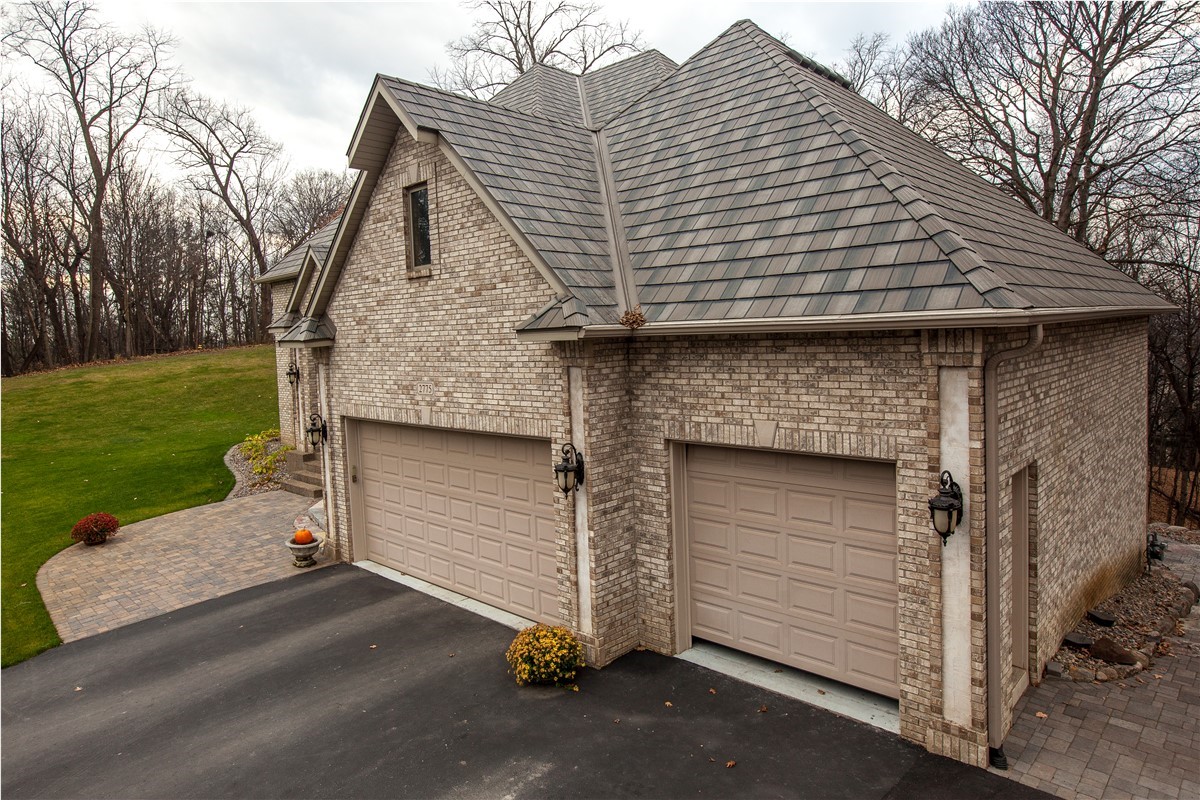
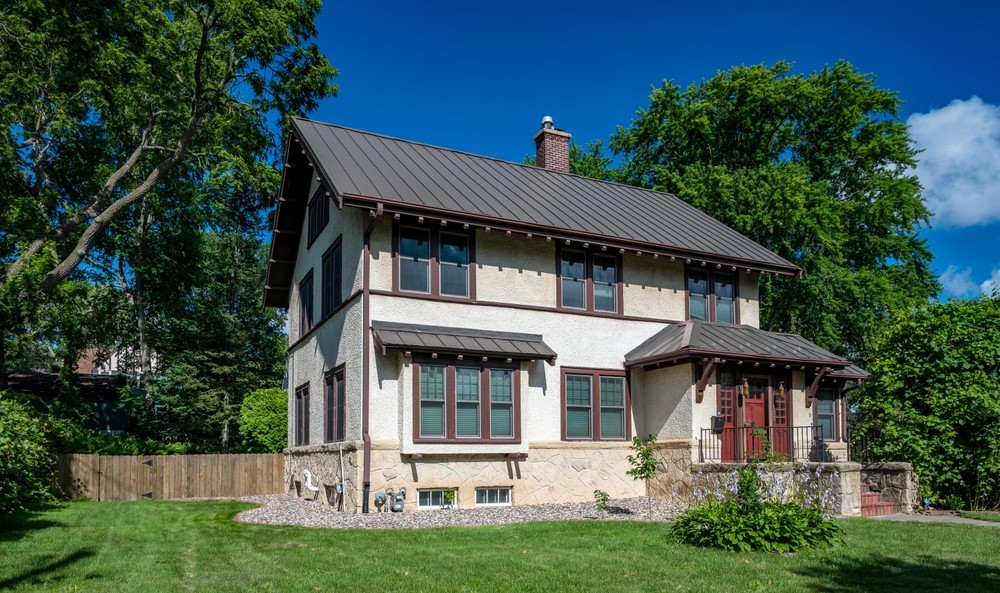
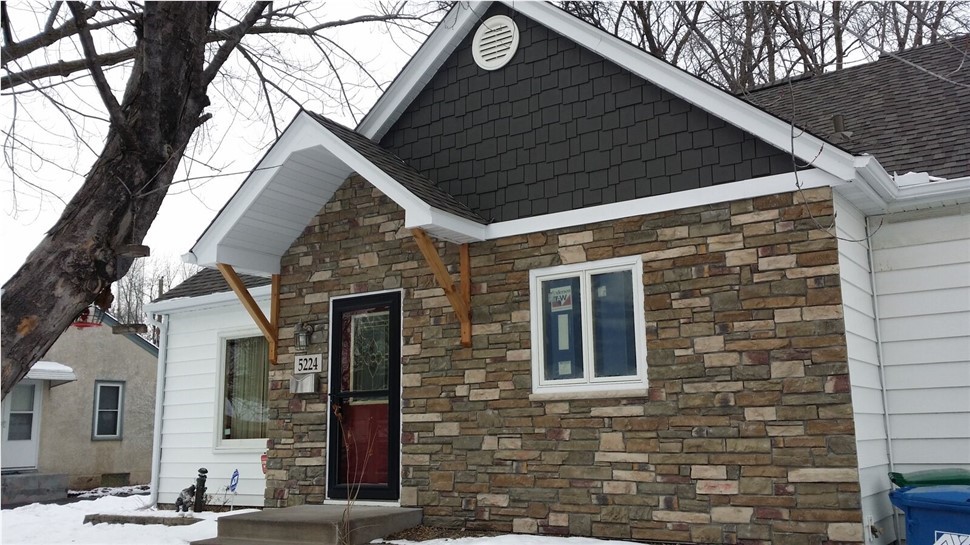
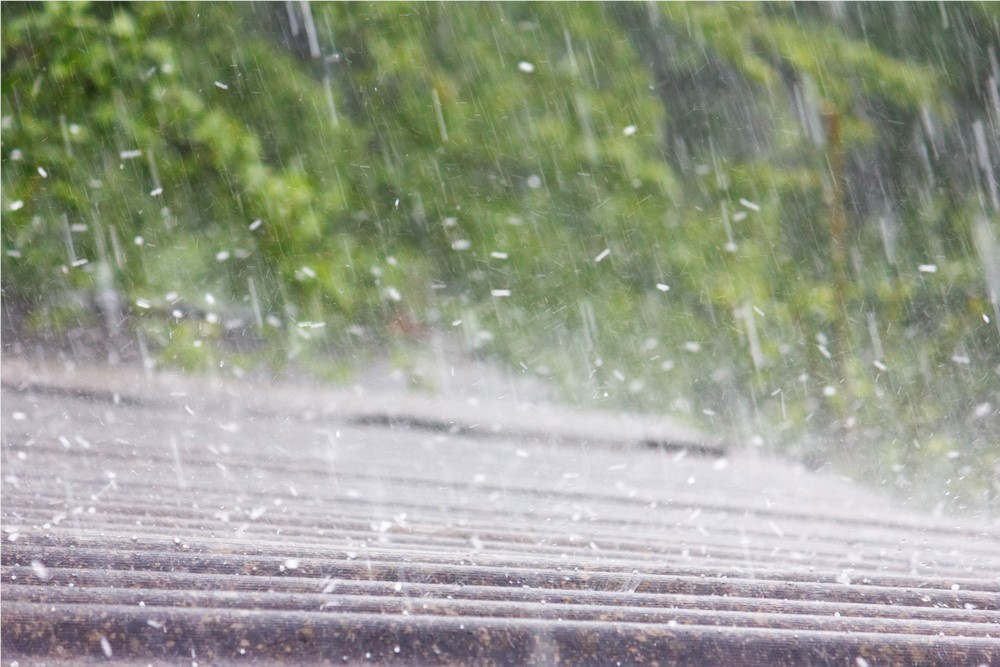
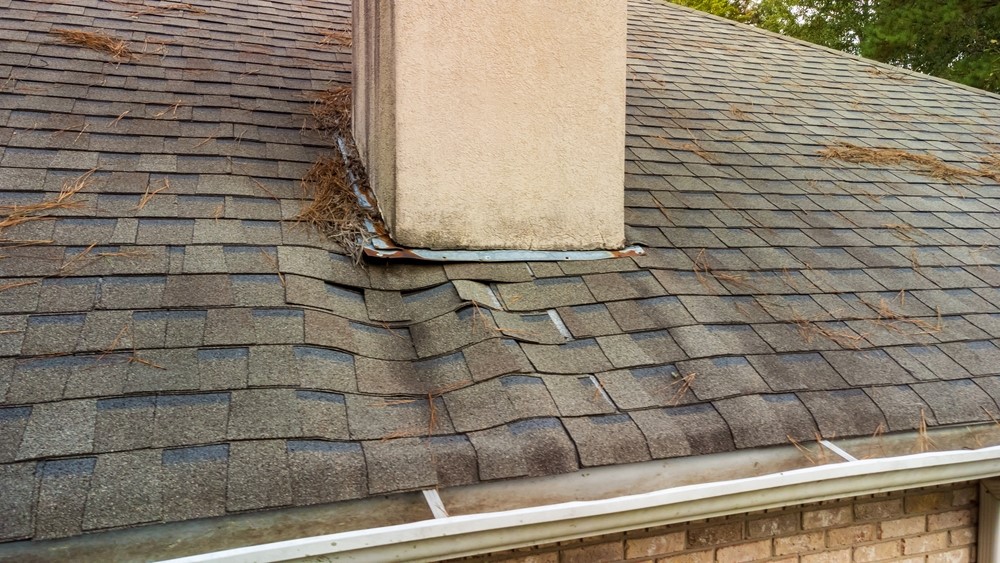
Comments